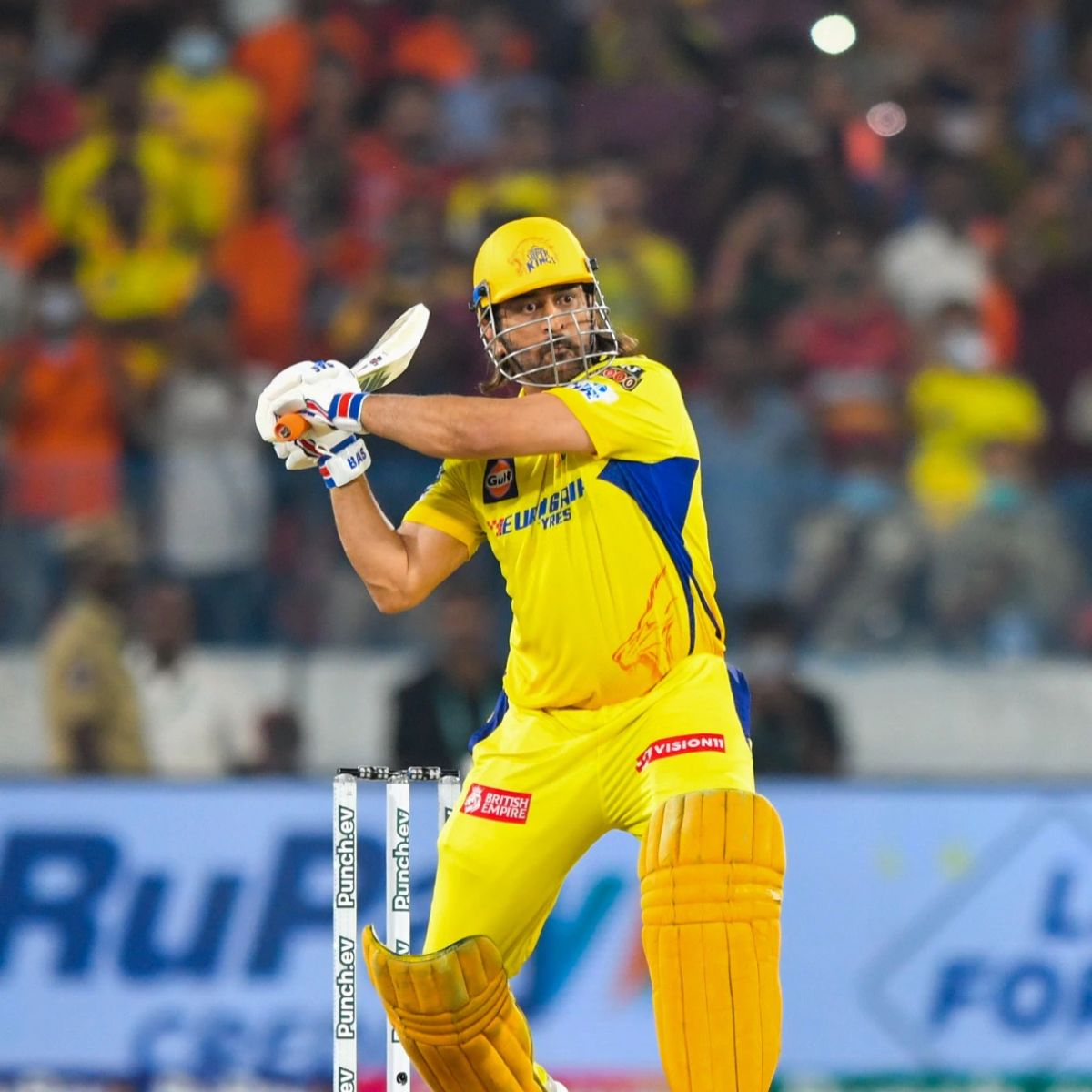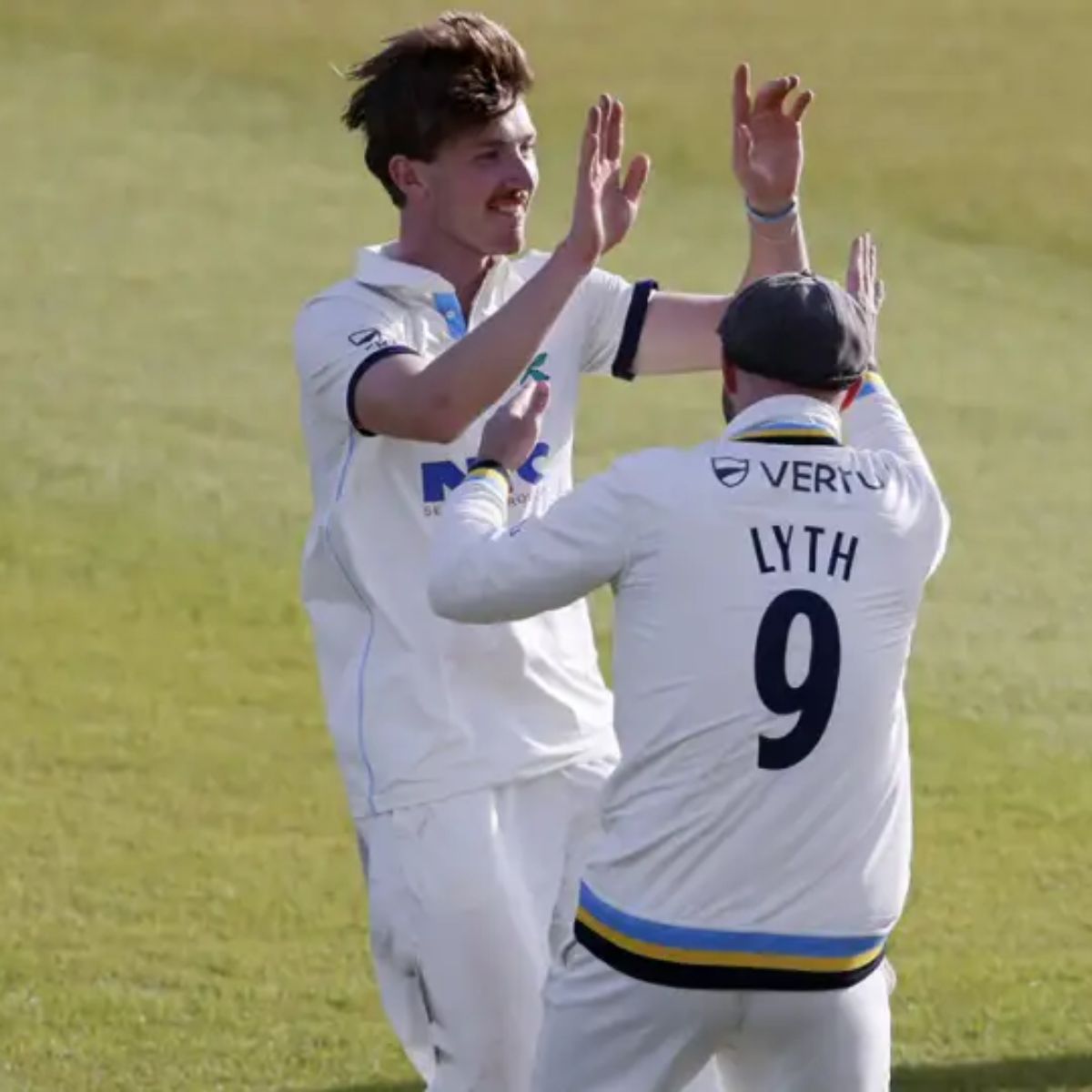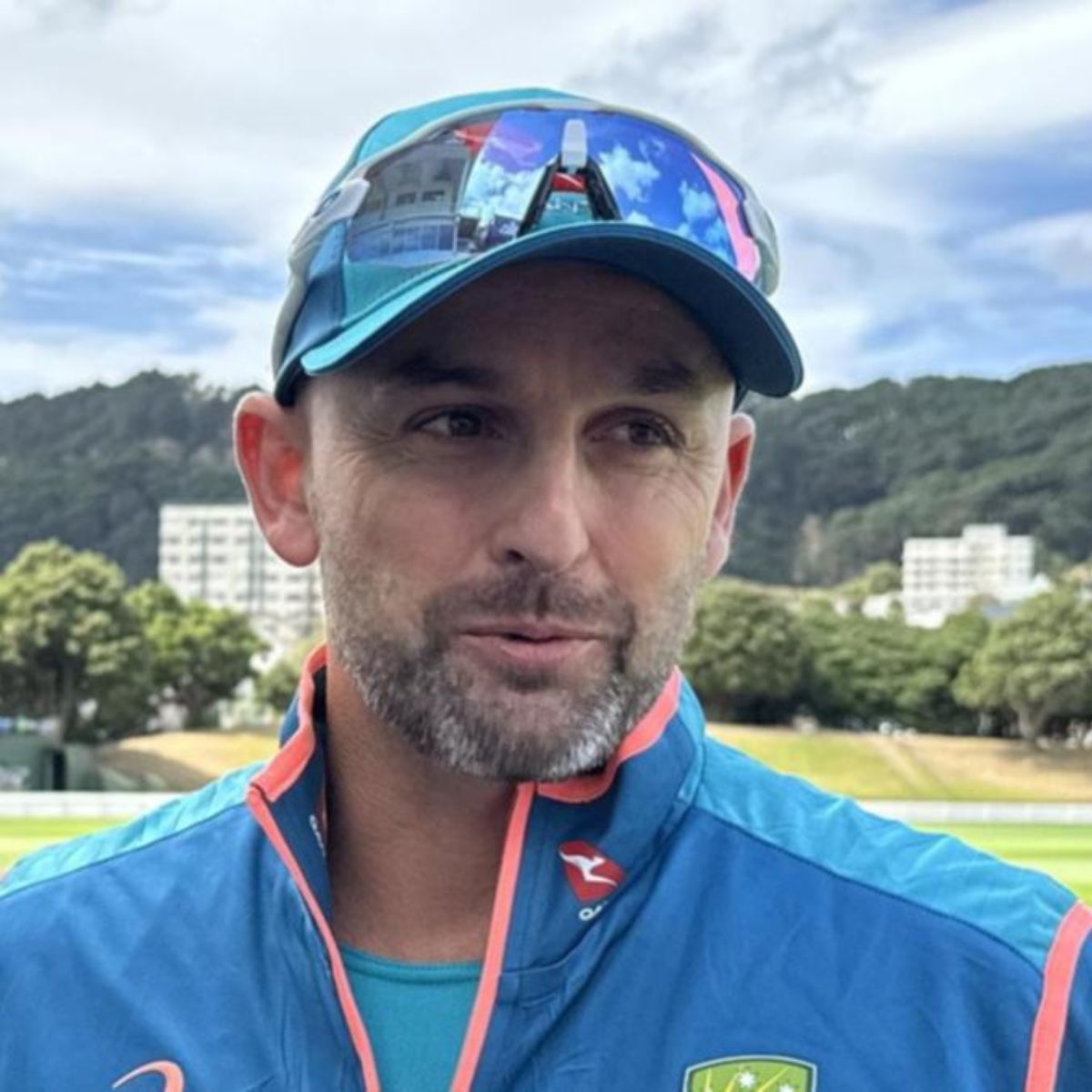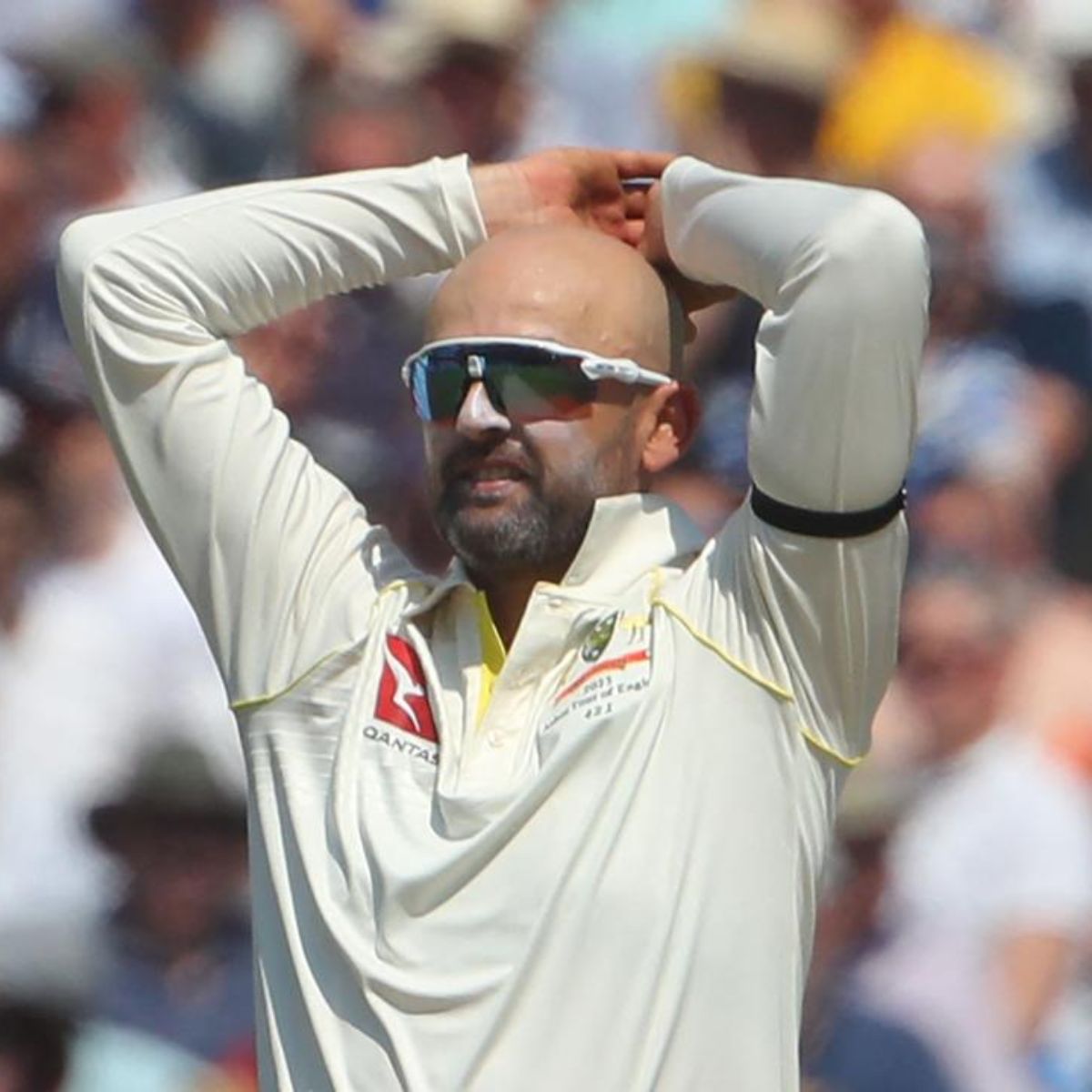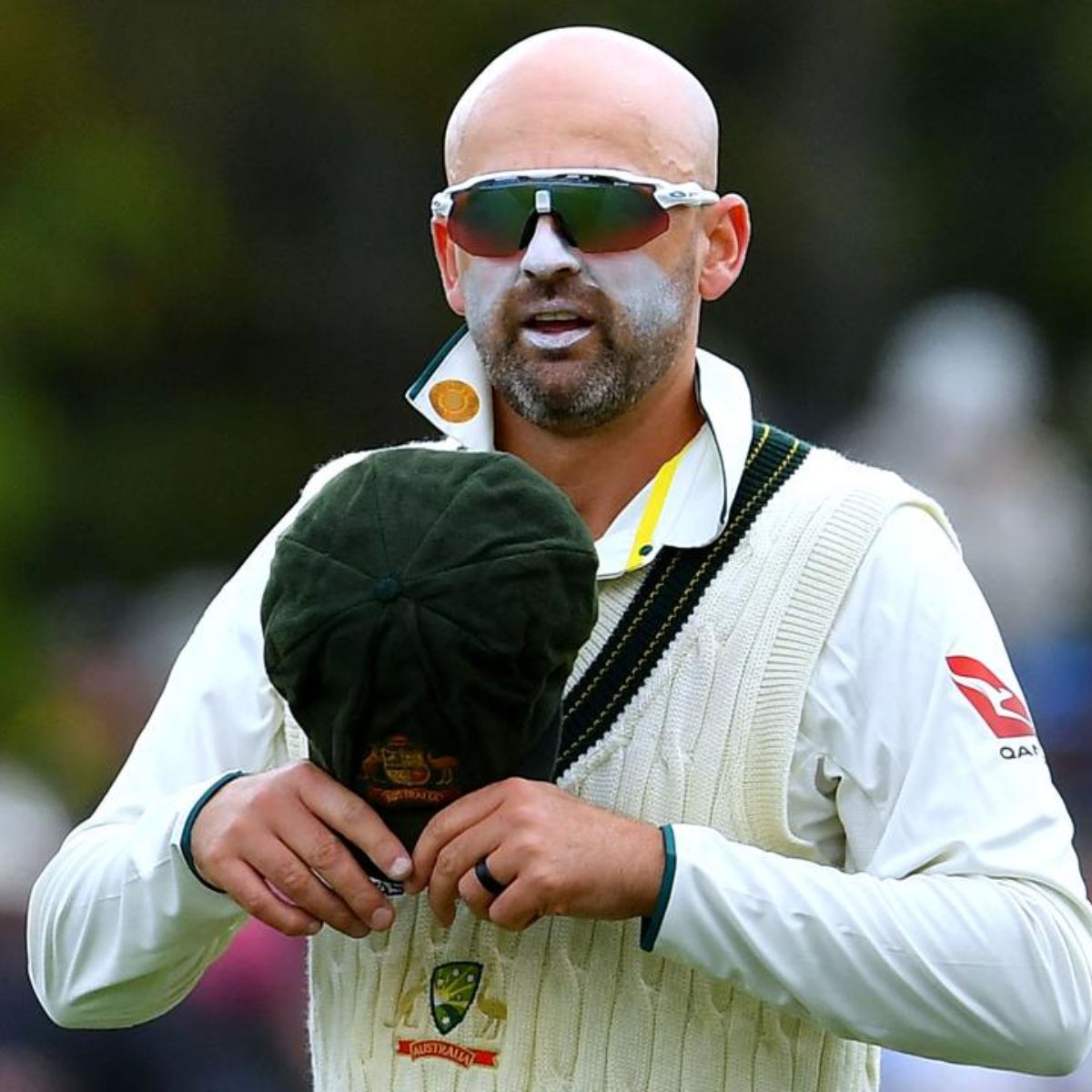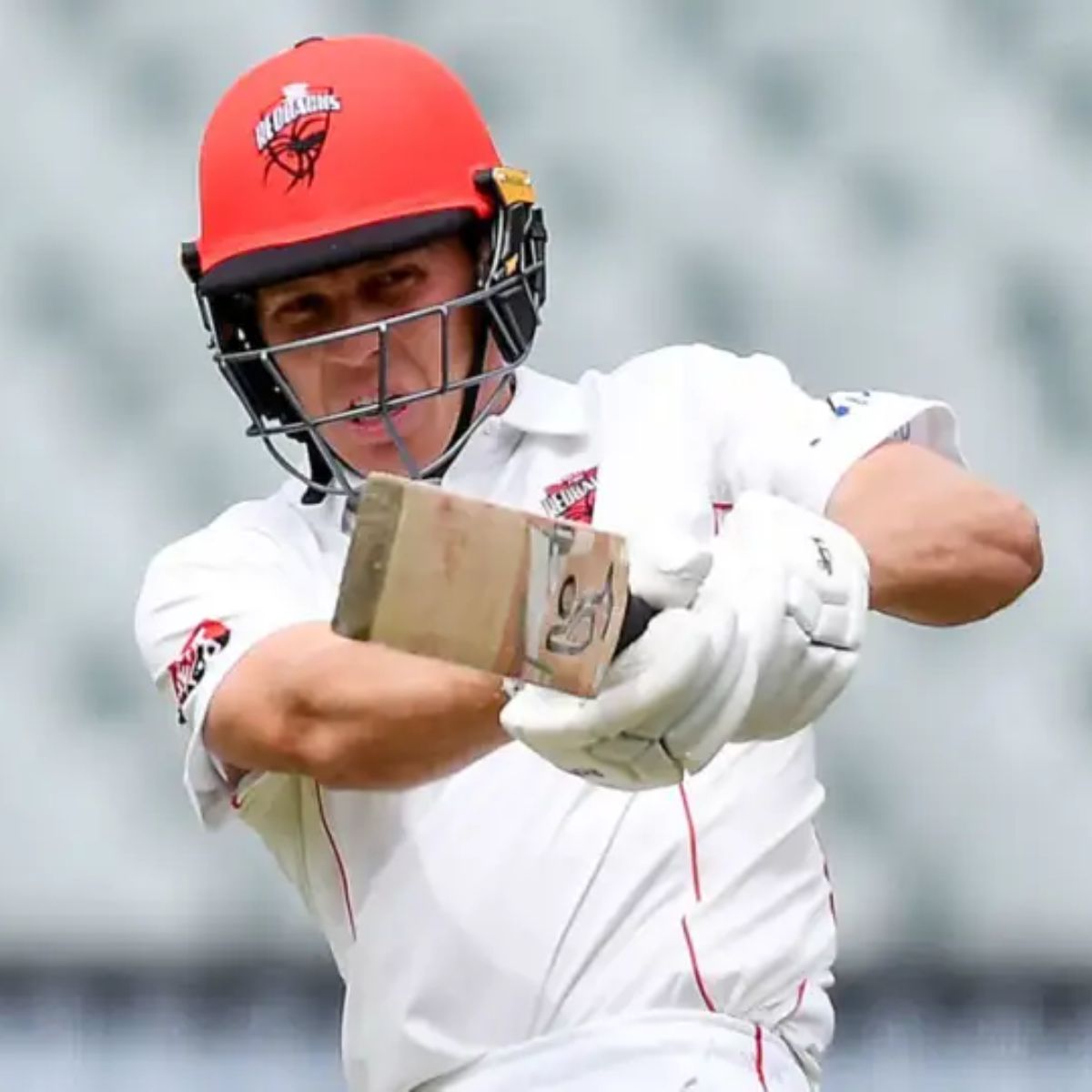It wasn’t hard to see last season that Masataka Yoshida hit a figurative wall in the second half.
Yoshida posted a .316 average and .874 OPS with 10 homers through the first 78 games, but in 68 games after the All-Star break, his numbers plummeted to a .254 average with a .663 OPS and five homers. Still, Yoshida finished the year with a 109 OPS+, sixth-best on the team, and an indicator of an above-average first MLB season.

Yoshida has discussed the challenges of transitioning to MLB — the travel and adjusting to different time zones, the grass vs. turf outfields, the presence of fewer domed stadiums than in Japan — on top of learning the league’s pitchers.
“The time difference, that was something that I didn’t get to experience in Japan,” Yoshida said recently through interpreter Yutaro Yamaguchi. “That was something new to me. And in Japan, we take public transportation. Here we do charter planes and private planes. So that was something different. Sometimes after the game, we took a plane and we got to Boston early in the morning, so that was something new as well.”
The changes might seem subtle, and in the case of the charter flights, Yoshida was likely referring to traveling directly after games instead of the morning after. Outside of the unicorn that is Shohei Ohtani, it’s not uncommon for Japanese players to face some struggles during their first big-league season.
The Cubs’ Seiya Suzuki hit .262 with a .770 OPS in his first season in the U.S. in 2022 but posted a .285 average and .842 OPS in his second season last year. Yoshi Tsutsugo hit .197 with a .708 OPS in his first season in 2020, but rebounded a bit in 2021 with a .243 average and an .804 OPS.
The 2024 FanGraphs’ ZiPS projections are favorable for Yoshida, suggesting he’ll post a .295 average, .813 OPS, 16 homers and 117 OPS+, up from last year when he finished hitting .289 with a .783 OPS, 15 homers and 109 OPS+.
To get there, a big part of Yoshida’s offseason focused on adding strength for endurance to better prepare for a longer, more travel intensive major-league schedule. Yoshida also dealt with shoulder stiffness toward the end of last season so a dedicated buildup for shoulder strength was part of the program. The Red Sox sent three Japanese members of their training staff to Japan at various points throughout the winter to work with Yoshida.
“It was mostly about conditioning and we constantly communicated with each other,” Yoshida said.

Yoshida in camp this spring. (Maddie Malhotra / Boston Red Sox / Getty Images)
Meanwhile, a report earlier this week from Yahoo! Japan noted that Yoshida had surgery in the offseason on his jaw for temporomandibular joint disorder (TMJ). Yoshida later confirmed the surgery to reporters in Fort Myers.
Yoshida told Yahoo! Japan that his jaw regularly gave him headaches and said it was hard to focus at times since opening his mouth caused pain, yet he didn’t want to use that as an excuse not to play. Regardless, it seems likely to have had some impact.
As Yoshida enters the second year of a five-year deal, his role on the team figures to look a bit different. With a crowded outfield and the Red Sox putting a premium on a stronger defense, Yoshida is expected to see more time at designated hitter this season, according to manager Alex Cora. Cora didn’t want to go as far as naming Yoshida the team’s DH, noting others will filter through the spot, but he will see most of his time there. Last season, Yoshida played 87 games in left field and DH’d in 49 games.
The 30-year-old said he has familiarity with the role.
“It’s not like my first time doing DH,” he said. “I had experience doing DH in Japan too. So I kind of have a routine and (after) I spent one year here (with the Red Sox), I got some at-bats as a DH and I have some (major-league) routines too.”
The main focus, Yoshida said, is to hit the ball hard this season.
“The outcome, I can’t really control, but the process of it, I can control that,” he said.
Last spring, Yoshida had little time in Red Sox camp to prepare for the year as he was playing in the World Baseball Classic, where he excelled for Team Japan. The hectic spring of international travel cut into his time working with Red Sox coaches. This spring has much more of a structured pace, with Yoshida focusing on details, both offensively and defensively.
Yoshida has spent the early parts of camp working diligently with outfield coach Kyle Hudson inside JetBlue Park on reads off the wall, his footwork and overall decision-making. He also spent time continuing to build up shoulder strength and, over the first week of games, served as designated hitter to make sure his arm was in a good place. Cora expects Yoshida to play his first game in the outfield this weekend.
“As a team with the Red Sox, we couldn’t accomplish what we’d hoped,” Yoshida said of his first season in Boston. “So that’s something that I’m kind of trying to go for, trying to aim for, and if I can, I’m going to contribute to as many of the victories of the team as I can.”
